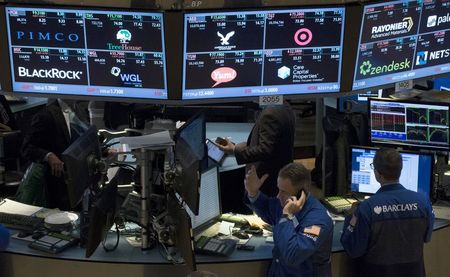A bias occurs when users use irrational preferences in their work. Usually, it happens unintentionally. Nonetheless, it can impact their work and decision-making significantly. Biases may exist in various areas of life. Some of these may apply when individuals select an item from a given population. In that area, two biases are prevalent, namely selection and sampling bias.
What is Selection Bias?
Selection bias applies to selecting an item or various items. It occurs when proper randomization of those items is not achieved during the process. Therefore, this selection is not representative of the given population. Selection bias, also known as the selection effect, results in a distorted sample selected. Hence, it can impact the analysis of that sample in any field.
Selection bias represents a pervasive threat to the validity of any given analysis. Therefore, ensuring it does not occur is crucial. Usually, it occurs in processes, methods, or analysis where selecting a sample is necessary. When an individual allows selection bias to occur, the results obtained do not reflect the target population as a whole. Therefore, these processes, methods, or analyses may not provide satisfactory results.
Selection bias can have varying impacts depending on several factors. Like other biases, individuals can prevent this bias from occurring in their work. They can use several models to control the probability of selection bias in their work. However, without proper randomization, this bias will always exist.
What is Sampling Bias?
Sampling bias is a type of selection bias that involves the same fundamentals. It occurs where a user selects a sample while influenced by selection bias. With sampling bias, the sample collected may have a higher or lower sampling probability of the given population. The term sampling probability describes the likelihood of an item becoming part of a sample.
Like selection bias, sampling bias results in a distorted sample selection. The resultant sample is also called a biased sample of the given population. In this bias, each item in the population does not get an equal chance of selection. Therefore, the resultant sample does not reflect the population as a whole. In some cases, it can result in errors in the work performed on the selected sample.
Like selection bias, sampling bias is controllable. Usually, this bias originates from the sample selection process. Various methods help reduce the probability of sampling bias affecting the final sample. Most of these methods involve ensuring randomness in the sample selection process. However, without proper randomness, sample selection bias will always exist.
Selection Bias vs Sampling Bias: What’s the difference?
As mentioned above, selection bias and sampling bias involve the same principle. Therefore, there is no fundamental difference between the two. Selection bias applies to any selection of an item for analysis. This selection may involve individuals, groups, or data. On the other hand, sampling bias occurs when selecting a sample from a given population.
Selection and sampling bias occurs due to the process involved in selecting items. When users cannot achieve randomness, these biases will occur. Similarly, both result in every item in this process not receiving an equal chance of getting selected. Unless the selection becomes properly random, both selection and sampling bias will exist.
Conclusion
A bias is an irrational preference and can impact the decisions made by an individual in their work. Of these, selection and sampling biases relate to the selection process. The former applies when selecting items for analysis. On the other hand, sampling bias relates to the selection of a sample from a given population.
Further questions
What's your question? Ask it in the discussion forum
Have an answer to the questions below? Post it here or in the forum




